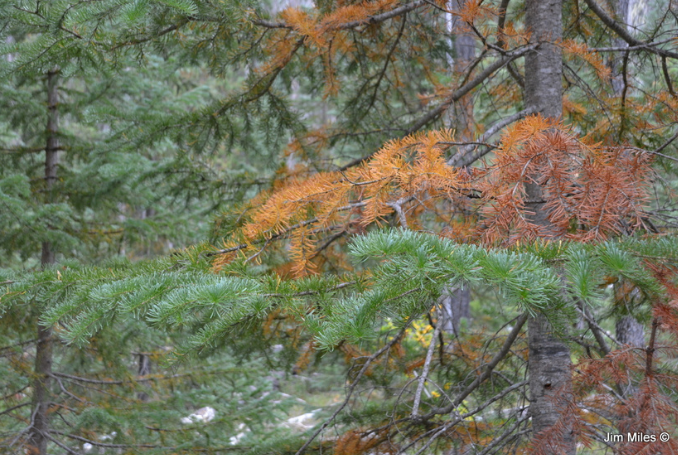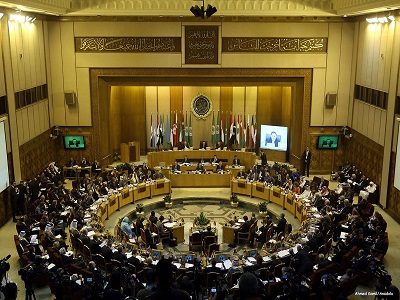
By Jim Miles
Twenty years and more ago climate talk concerned long-term global warming effects not really occurring until the mid-twenty-first century at earliest with most problems occurring toward the end of the century. I remember thinking I would not see the changes as the forecasts were well beyond my lifespan. There were signs of change, obviously, or it would not be an item of discussion other than with climatologists watching the rise in atmospheric carbon dioxide.
The first sign locally in British Columbia was a widespread pine beetle infestation that killed vast swaths of interior forests as the temperatures moderated enough to not kill the overwintering larvae. The second sign I noticed was the rapid recession in glacial ice, and one glacier in particular in Garibaldi Provincial Park as I have photos of it over a 40 year period during which it lost most of its mass and ‘retreated’ two or more kilometers.
More recently there have been subtle changes, then more distinct changes to the winter season – shorter duration, less severity – sometimes more snow due to warm moist air, sometimes less snow due to warmer drier air.
Tipping Point
I had not anticipated this summer’s weather signaling a more dramatic change, both in reality and perception. Much talk has taken place recently about the much more rapid increase in carbon dioxide and the many more significant “100 year storms” being increasingly frequent. Talk of a “tipping point”, an unknown point at which things can only accelerate for the worse, is increasingly presented.
After this summer, experiencing a record-setting series of events – verifiable by a lifetime of all-season outdoor activities as well as empirical data – my senses are indicating that the tipping point is gone and inexorably the climate will change much more rapidly than even now expected.
It started with the past winter, a warmer January and then a much-reduced spring snowfall and continued warmer temperatures. That trend continued up until the end of June when the truly big event struck – the Pacific Northwest ‘heat dome’. On the coast, Vancouver, hundreds of excess deaths from the heat were recorded. Salmon were dying in overheated river water.
For several days local temperatures went well above previous record temperatures, my hometown reaching 46° Celsius (115° F. for U.S. interests) and a world-record-setting 49.6° C (latitudinally) in a nearby town – which subsequently burned almost completely down when a single spark ignited a fire. On the hottest day, I stood at the top of our driveway in the sun, blasted with a searing heat.
All well and good, the heat dome ended, temperatures remained hot but not record-setting hot. Except that all was not well and good. Shortly after, intense powerful forest fires with extreme conditions not witnessed before spread throughout the region. For the first time in my life I was witnessing a scenario in which I was in harm’s way and might need to evacuate. Many were, but changes in the wind pattern stopped the closest fire from jumping the local lake.
I had seen pictures of pyrocumulonimbus clouds and now I had stood under one. Skies were dark, grey smoke clouds billowed thousands of meters overhead, and lightning flickered and rumbled throughout. Probably normal for firefighters, but a first event for many in the area.
Those events passed as well, but only recently as unseasonal rains are now damping the fires down.
In the meantime, I went on a hiking trip and saw how dangerous the whole situation really was. Most of the trees in the coastal forest showed signs of heat stress, by killing off whole branches and swathes of needles: this comes from trying to prevent water loss due to the heat by closing off stomata which also prevents the intake of necessary carbon dioxide (so much for global warming helping to grow more trees). The result is dead needles, dead branches, and in several cases dead trees rich with resins and turpentines, all set for the next spark or lightning strike. The aroma is very pleasant, the danger is real – see above, powerful forest fires.
It gave me an uncanny feeling, the sense that this massive change had come about from only a few days of a ‘heat dome’; but it was not just a few days, it was a near year-long event – for that matter, it was an event decades in the making; and it was not supposed to happen here, it was always ‘over there’ where ‘they’ had floods, hurricanes, arctic vortexes, drought, and yes, forest fires.
Maybe I am simply spooked by the event, but it feels like we are past the tipping point, and climate events will continue to become more severe, more destructive, and at an increasing rate.
The Future is Now
Driving home from my hiking trip I could see the broader picture of the destruction. Large areas of forest burned across the interior, areas in which only mineralized soil remained and will take decades to grow back, if at all if current heat trends continue. It made me wonder about other parts of the world.
How many millions have already died due to drought and famines? How many have perished in sudden catastrophic floods? How many areas have highly reduced crop production from the opposites of heat and floods? And no, the warming of higher latitudes will not bring in more agricultural land as most of that land is either rock or tundra swamp with minimal good soils.
How will people fare in areas already susceptible to heat and drought through centuries of human manipulation of the environment, with the “Fertile Crescent” being a prime example? The centuries of deforestation and salification of the soil through irrigation have already exacted a heavy toll on the region, aggravated by the last centuries’ ongoing wars by imperial powers.
Culture, Capitalism, and the Military
There is no real escape. The best humanity can hope for is mitigation, lowering the level of harm. Our main enemy is mostly first-world consumer-capitalist society: the consumers themselves always wanting more stuff; the huge demands on carbon fuels to keep us warm in winter, cool in summer, and our recreational vehicles running all year; most importantly the greed of profit-seeking and the military-industrial-financial complex supporting it all.
The militaries of the world are the largest institutional users of carbon energy. The U.S. military is mainly used to protect corporate profits and the reserve currency status of the petrodollar. ‘Western’ society is one large complex of empirical extraction for the profit of the already rich and powerful, the entertainment and pacification of the majority, and the subjugation of all other people of the word as indentured wage-slave workers.
Improbable Solutions
Solutions are available, but highly improbable until we are even further past the tipping point than we already are. Bring all militaries home and reduce them to much smaller self-defense and civic support forces. Stop consuming stuff for the simple sake of having stuff in order to display one’s self-image, or to be continually self-distracted by the latest video or podcast or the many social media services – all prompted by advertising that creates wants rather than servicing needs.
Involved with all this are other issues of social inequality, racism, poverty, refugees, homelessness, child abuse and trafficking, all readily available under neoliberal economic structures, all ameliorated by a progressive social agenda required in order to alleviate the disasters of capitalism, the largest disaster eventually being climate change.
– Jim Miles is a Canadian educator and a regular contributor/columnist of opinion pieces and book reviews to Palestine Chronicles. His interest in this topic stems originally from an environmental perspective, which encompasses the militarization and economic subjugation of the global community and its commodification by corporate governance and by the American government.

– Jim Miles is a Canadian educator and a regular contributor/columnist of opinion pieces and book reviews to Palestine Chronicles. His interest in this topic stems originally from an environmental perspective, which encompasses the militarization and economic subjugation of the global community and its commodification by corporate governance and by the American government.








Hmm. “…disasters of capitalism…” It’s telling that you pay homage to your idol, Lenin, by using his term for a religious fervor for ‘money.’
Trade between parties, that is mostly unfettered, but ‘regulated’ by a free market, is what a liberty-driven society should have as its normal business environment, but excessive taxation, onerous regulation, and pervasive corruption, at all levels, have supplanted many of the ideas that America’s Founders had hoped would define our great experiment in freedom.
The jealousy of a Canadian Communist ‘educator’ means nothing.